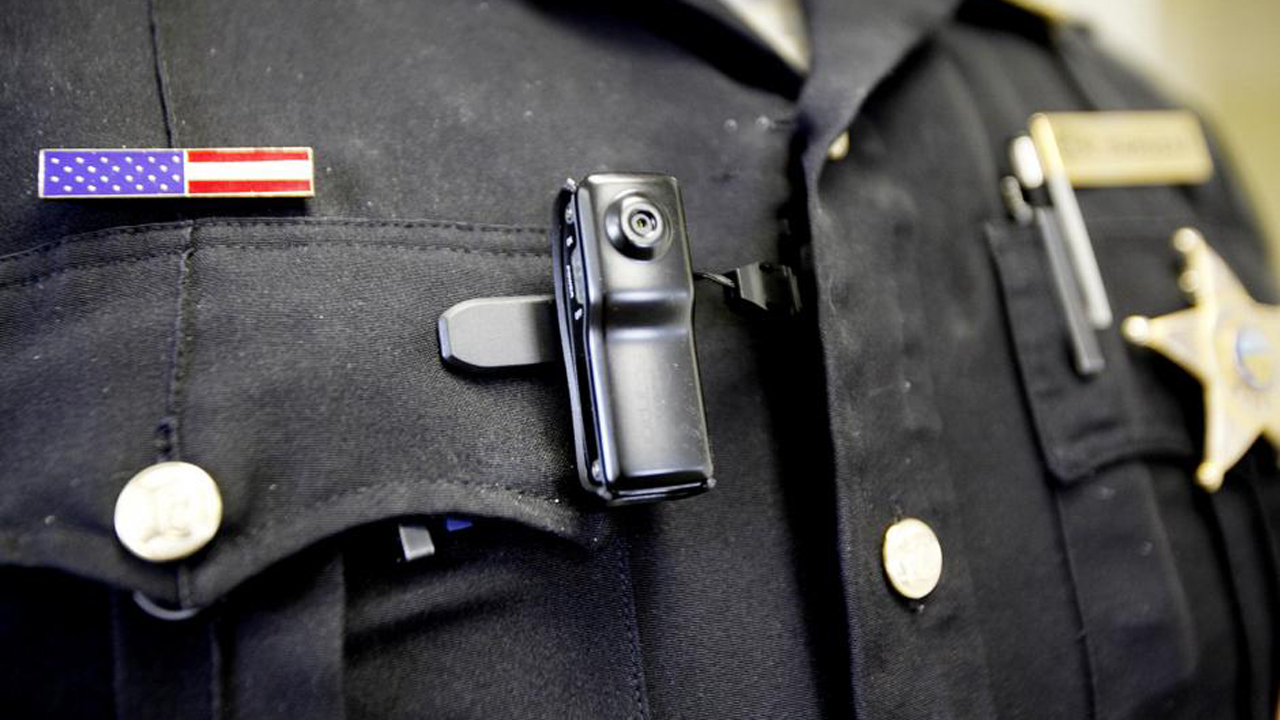
Body Worn Cameras in the Public Safety Space
New technology often changes the way we do our jobs. The examples are all around us. One can look at the way digital communications have empowered medical providers to efficiently coordinate treatment across the city or the world offering patients new options and lowering costs. Companies like Google have built entirely new business models on the rapidly evolving advances in information technology that touch virtually every sector from education to agriculture. The public sector and the private sector as well as non profits have all adapted and adopted to keep up (or catch up).
The 2014 United States Department of Justice study “Implementing a Body Worn Camera Program : Recommendations and Lessons Learned
is a strong resource for understanding how body worn digital cameras that record and store video and audio from a first person point of view as seen by a public safety worker (police, fire, security etc.) are impacting this line of work. Many of us have watched the videos that were shot using one of these body worn cameras. One security officer who used a body camera to record the actions he took in the day to day performance of his duties in downtown Atlanta, Georgia shopping mall became an overnight sensation as his videos went viral on Youtube.
See: https://abcnews.go.com/US/mall-cop-turned-viral-sensation-doesnt-regret-tasering/story?id=21276078
Many police departments have deployed this technology, and the Justice Department Study goes into detail using case studies to document the various ways that the use of these cameras has impacted the job and the way the public perceives public safety personnel. In many cases, police and the public perceive a benefit from the use of these body worn cameras and the documentation of incidents including incidents involving the use of force. In the report, police have related how in many cases the cameras cause the public to be much more cooperative and less combative. Here is an example:
“In the testing we did [of body-worn cameras], we had a number of tenured officers who wanted to wear the cameras and try them out, and their feedback was very positive. They said things like, ‘You’ll be amazed at how people stop acting badly when you say this is a camera, even if they’re intoxicated.’ And we also know that the overwhelming majority of our officers are out there doing a very good job, and the cameras will show just that.”
– Douglas Gillespie, Sheriff, Las Vegas Metropolitan Police Department
According to the study, there has been a trend of lower use of force incidents and greater public trust when these body camera systems are deployed with police officers on patrol. Both the police and the public seem to be a bit more civil when the interactions between them is being recorded. Evidence of misconduct can be used to remove bad cops, and evidence of criminal activity can be used to prosecute criminals.
As the cost of this technology is reduced and the use body worn cameras becomes more widespread, users of private security services may consider requiring the use of these systems for uniformed security officers while on duty at their locations. The information that is captured using these cameras is sometimes key to achieving outcomes in criminal and / or civil proceedings that can emerge involving private security officers in the performance of contractual duties. Armed security guards should consider the personal benefit to documenting situations that can involve the use of lethal force. Paladin Security teams have used information captured by cameras worn by our officers to assist in the successful prosecution of individuals involved in criminal activity that our officers encountered and detained to be turned over to law enforcement.
Overall, the use of these cameras seems to be helping the professionals who protect our communities. Agencies, both public sector and private sector are adopting these systems. The US Department of Justice has committed resources to studying the issue, and this report is very interesting. Policy makers, officers, and the community are all adjusting to this new reality. If used correctly if can save lives, preserve public trust, and allow for greater accountability from the people we place our trust in to protect us all.
Source: https://www.justice.gov/iso/opa/resources/472014912134715246869.pdf
